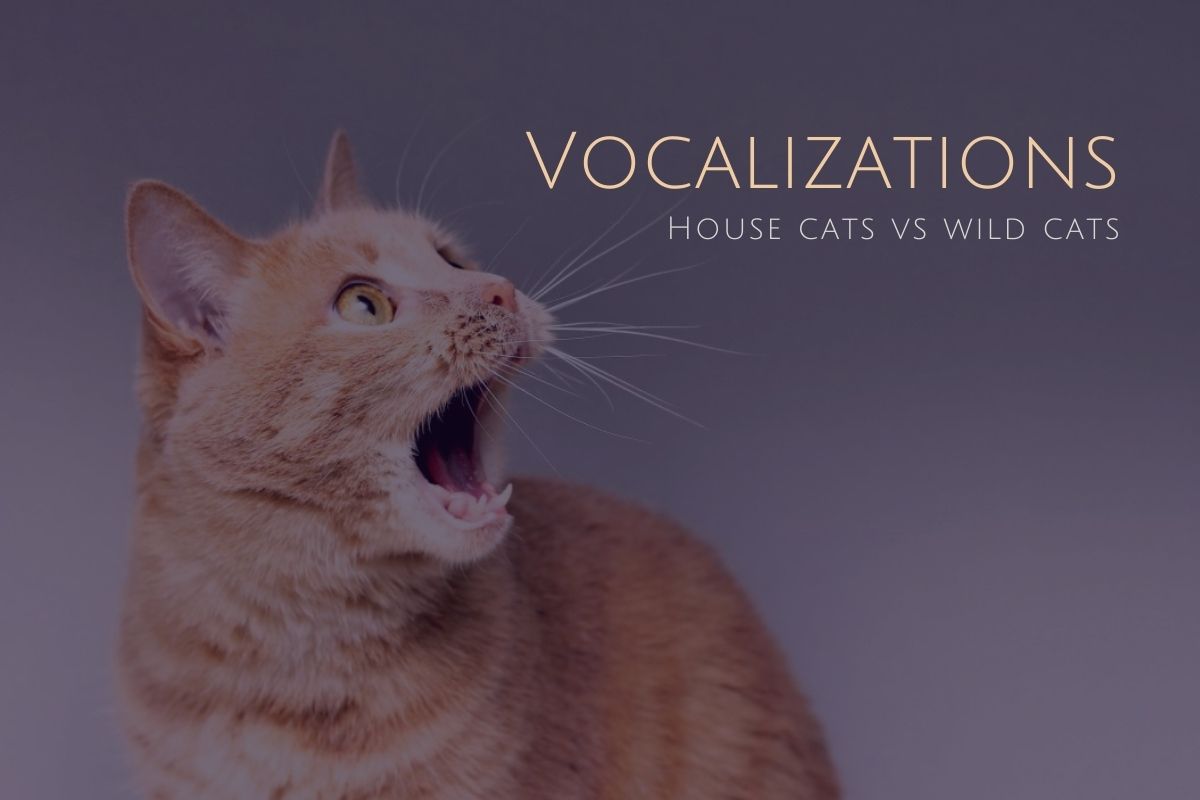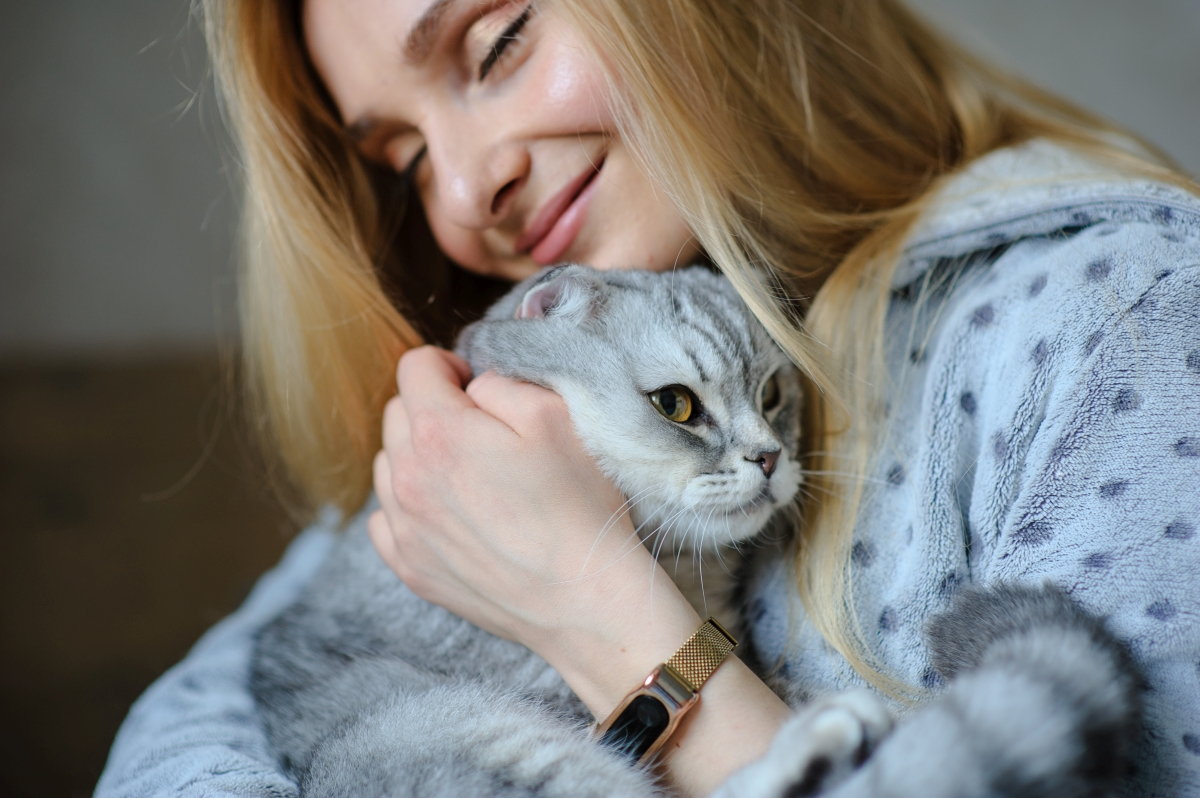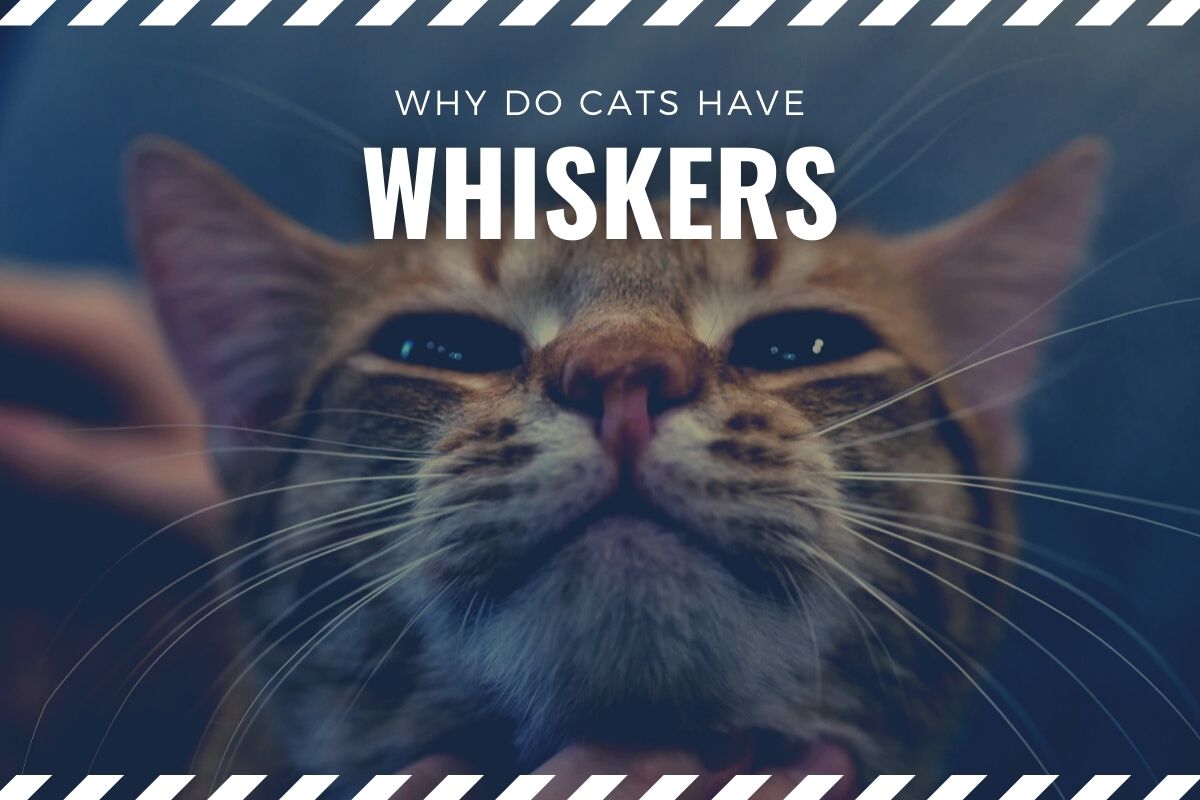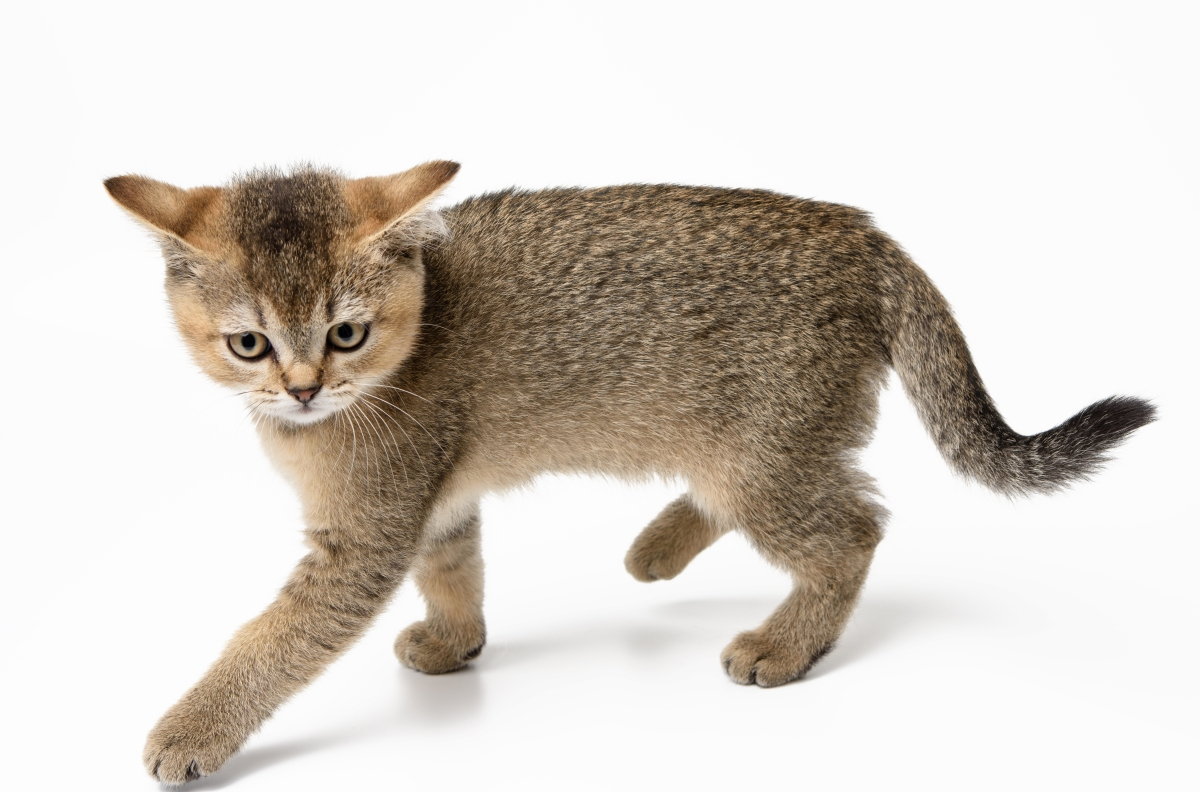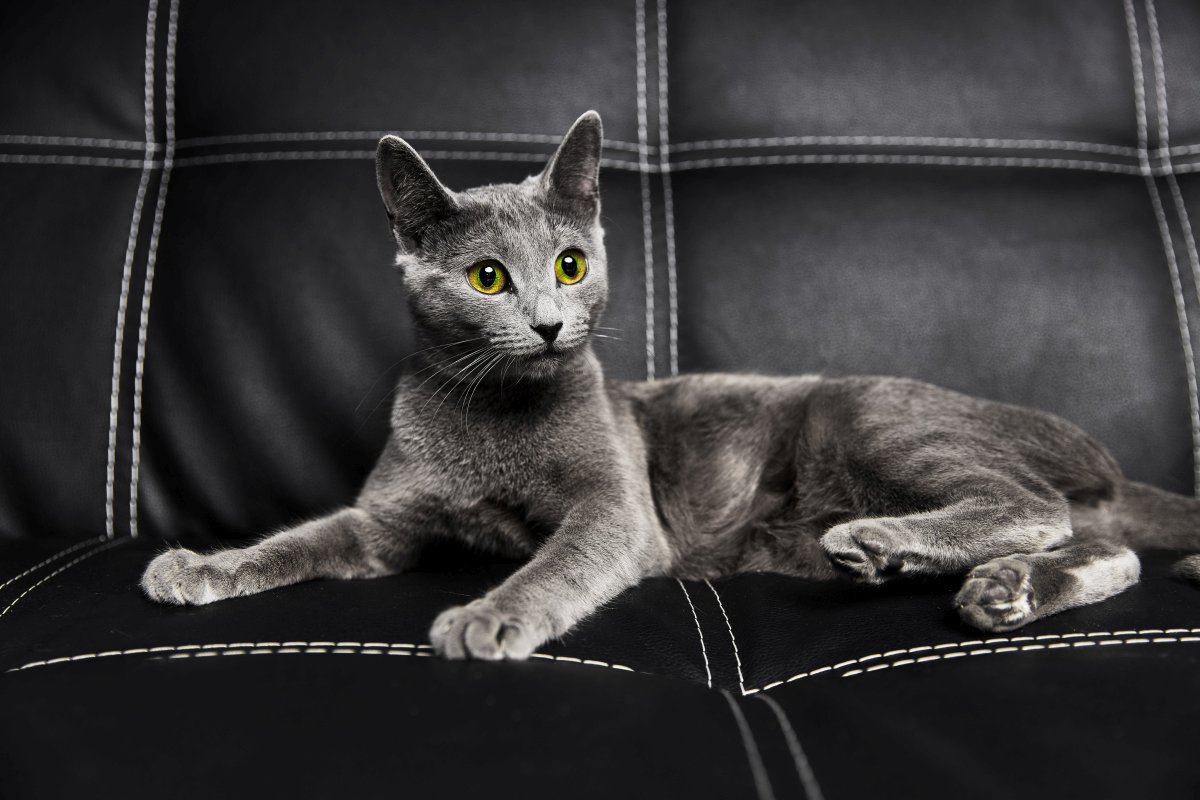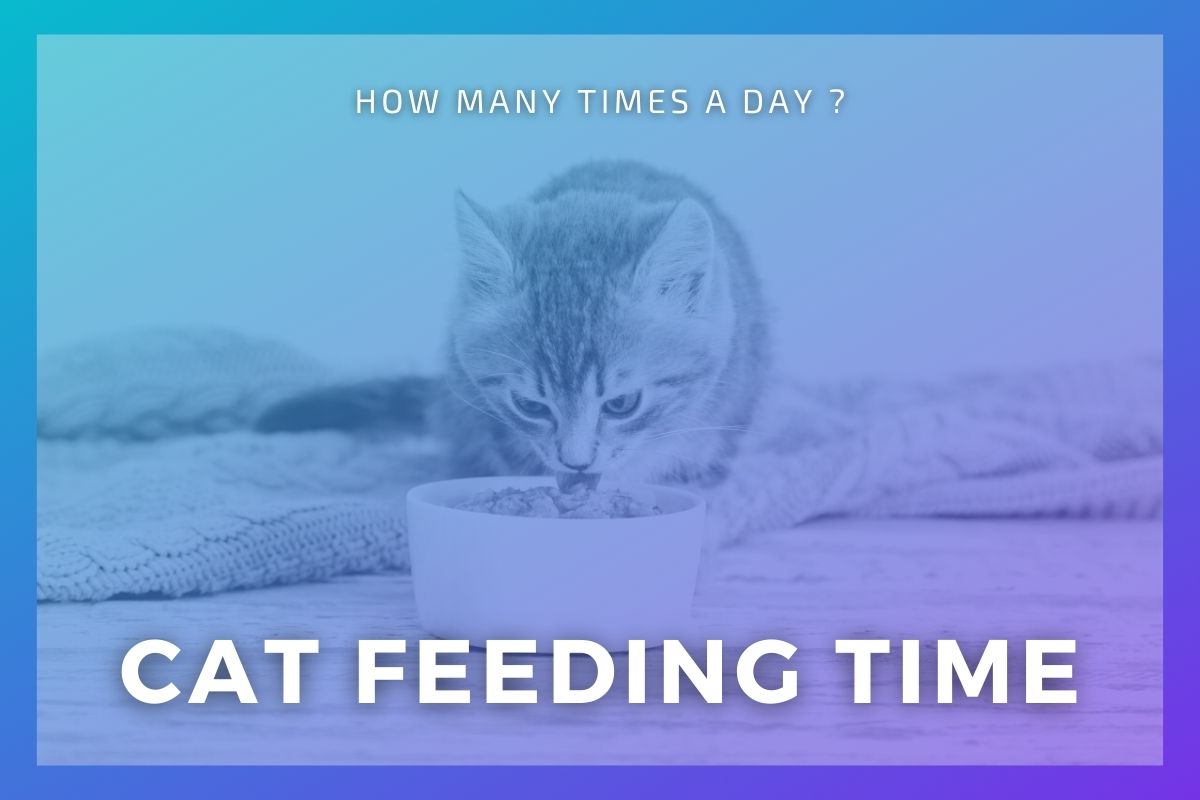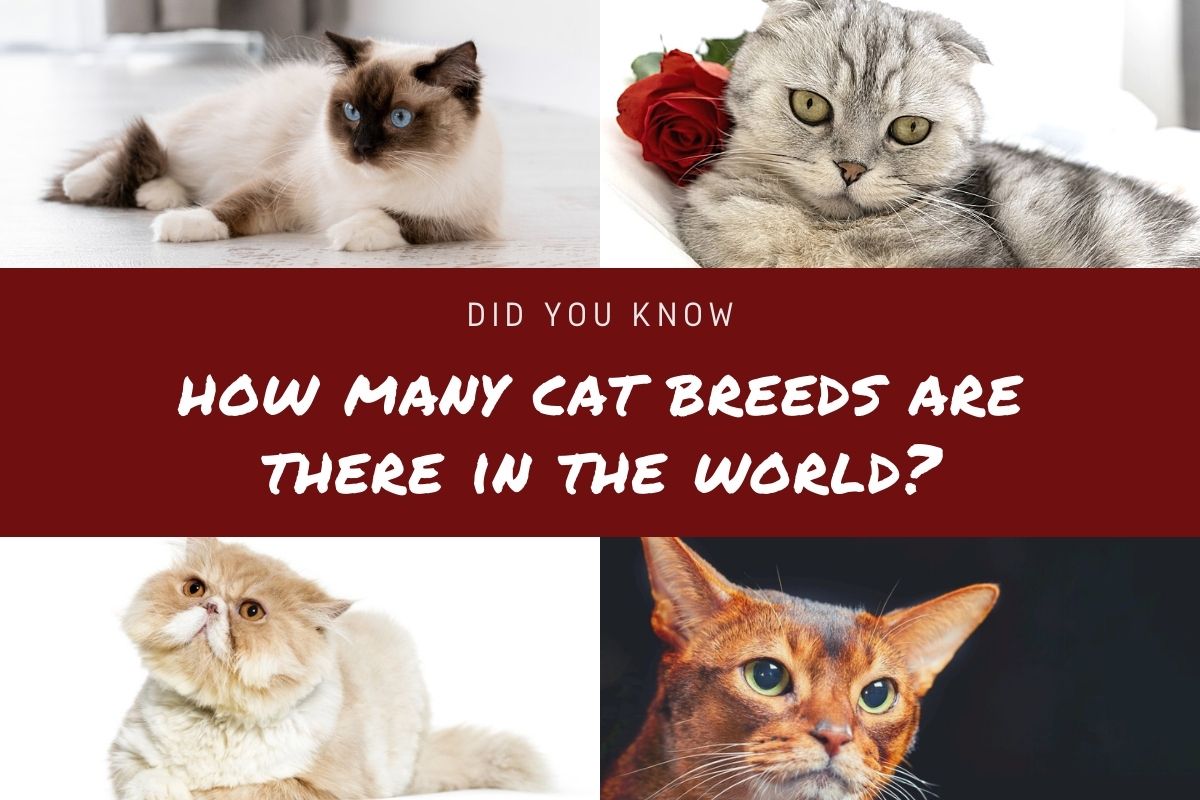The average domestic cat and the great wild lion are not so different. Both are considered cats, and despite various changes in their bodies, they share the same behaviors, routines, and tactics, only differing slightly in their behavior with humans. One of the most significant differences among the two is the various vocalizations that domestic cats have compared to wildcats.
Vocal Chords
Vocalizing helps cats, both big and small, in various ways. This ranges from social bonding to show-off and self-defense. Big cats such as tigers and lions can roar to announce their presence and protect their territory and pride. Still, the average domestic cat is stuck with a less terrifying assortment of meows and purrs and the occasional high-pitched shriek.
The hyoid bones and the vocal cords are essential parts of the throat that allow for vocalizations in cats. Because of a unique arrangement of bones and flexible cartilage, wildcats can roar while the physiology of the cat’s voice box and throat help them create their vocalizations. These changes and differences allow for different types of sounds and voices to be made.
Roaring & Purring
Due to tightly connected links of fragile hyoid bones found from the back of a cat’s tongue all up to the base of the skull, cats vibrate their voice box, causing them to purr. This purr is long and continuous and helps to camouflage the mewing of kittens. For wildcats, roaring requires a length of tough cartilage running up to the hyoid bones of the skull.
The presence of the cartilage prevents purring but allows the larynx to produce a full-throated, terrifying roar. This roar can be felt and be heard up to five miles away. Sacrificing their capability of purring for roaring, older lions will chuff &softly groan around each other when socially bonding. Lions do not need to purr since apex predators would rather scare away any threats to their young than hide them.
Chuffing
Wildcats, including but not limited to Lions, jaguars, tigers, and different types of leopards, have the strange ability to “chuff,” which is the wildcat’s alternative to purring. Chuffing or prusten is a low-intensity sound these wildcats will let out in short but loud bursts. A chuff is vocalized when air is blown through the nostrils while the wildcat’s mouth is closed. It produces a sound that can only be described as a breathy snort.
Along with chuffing, wildcats tend to follow a bobbing movement with their head back and forth. It is often used as a greeting between two big cats, but it can also be used for various reasons, such as during a courting ritual or by a mother cat comforting her cubs. It is the non-aggressive signal of the wild cats and helps further strengthen social bonds between the pride.
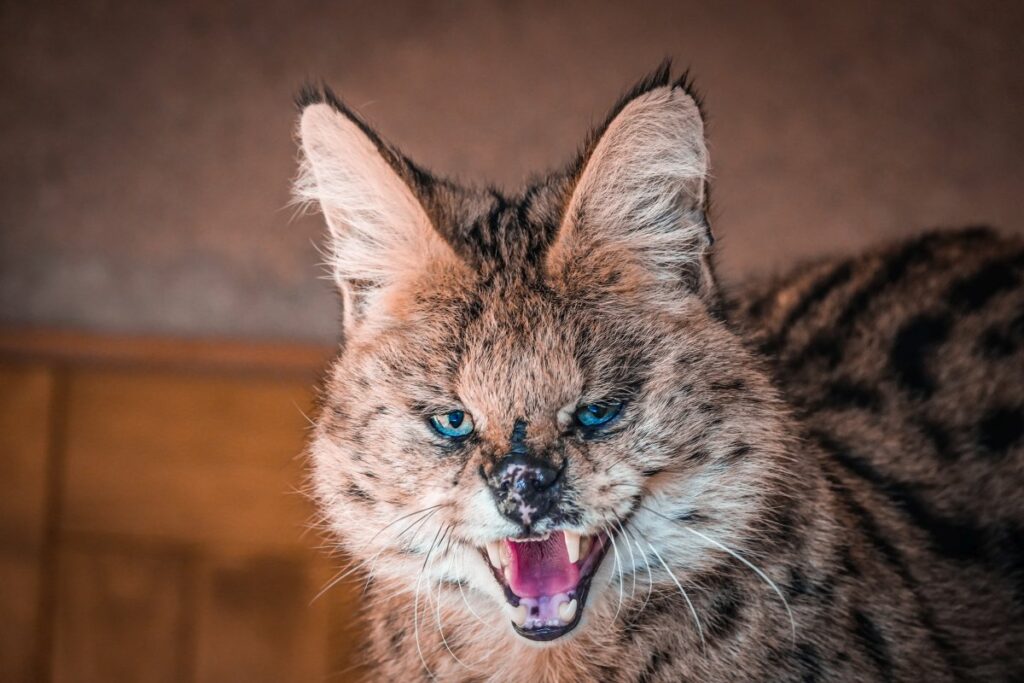
Growling & Hissing
Multiple cats inside one household can lead to many small quarrels and clashes, usually accompanied by growling and hissing. Growling and hissing is common vocalization among both wildcats and domestic cats. Among both groups, the meaning of the sounds is unmistakable.
If the cat is growling at you, then it is displaying hostility. It is the same when it hisses—growls are deep & raspy sounds are produced by the cat’s vocal cords. Cats growl when threatened by another cat or animal when they want a specific pride member to listen to them or stake their claim over something. Experts believe that cats may have developed hissing by imitating snakes as cats have a habit of mimicking other species. It is used as a last resort before a full-blown attack or establishing dominance over another cat.
Meowing
Despite being often attributed to small domestic cats, various wild cats are also known for meowing, such as Snow Leopards, Cheetahs, Lion cubs & Cougars. Cats often use Meowing to locate loved ones or to request, and sometimes aggressively demand, food or affection.
Domestic cats rarely meow at each other, despite living under the same roof, eating together, and living together. These cats use meowing as a form of communication between humans.
Meowing is old habit cats generate when they are young. Kittens usually meow when they need food or attention. Older cats keep this behavior and show it in front of humans to secure the same type of food and attention as they were young.
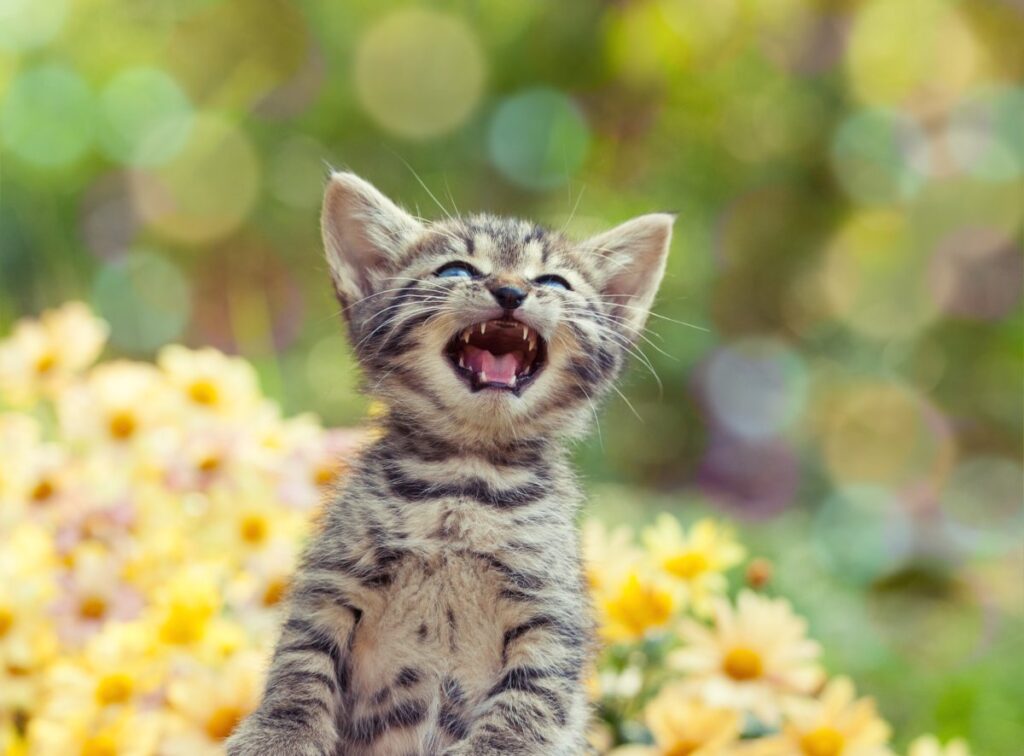
Types of Meows
Not every meow is the same, and not every meow means the same either. The differences arise in the deployment of the meow. The pitch, the speed, and the emphasis on the certain sounds of the meow can lead to many differences. Short and high-pitched meows are mostly greetings. Cats do them to announce their presence to their owners or their kittens.
Multiple meows are usually a sign that your cat is happy and is craving your attention. Soft-pitched meows can mean a request, like when your cat wants food or wants to go outside. Drawn out & soft-pitched meows are demands or warnings of aggression or attack. High-pitched, loud meows represent pain or aggression. These sounds are usually followed up with attacks or outbursts by the cat.
Mimicry
As stated above, cats have long been mimicking other species and have adopted their speech styles and patterns. Many animals other than cats also do this as a survival mechanism so that they can live longer.
It is believed that cats hissing is them mimicking snakes as a snake’s hiss is also very threatening. But this is not the only case when cats mimic other beings. Cats often behave like their owners.
Cats can refine their sound when they determine which tone gets more responses. They will often mimic their owners’ tone and even adjust the frequency of their meows according to how much the owner talks. They are as manipulative as cute and will mimic the owner’s pitch and sounds to get what they want.
Cats have a higher range of vocals mainly to convince and sometimes even manipulate their owners to give them food and attention. At the same time, wildcats do not require this to survive the wilds.

